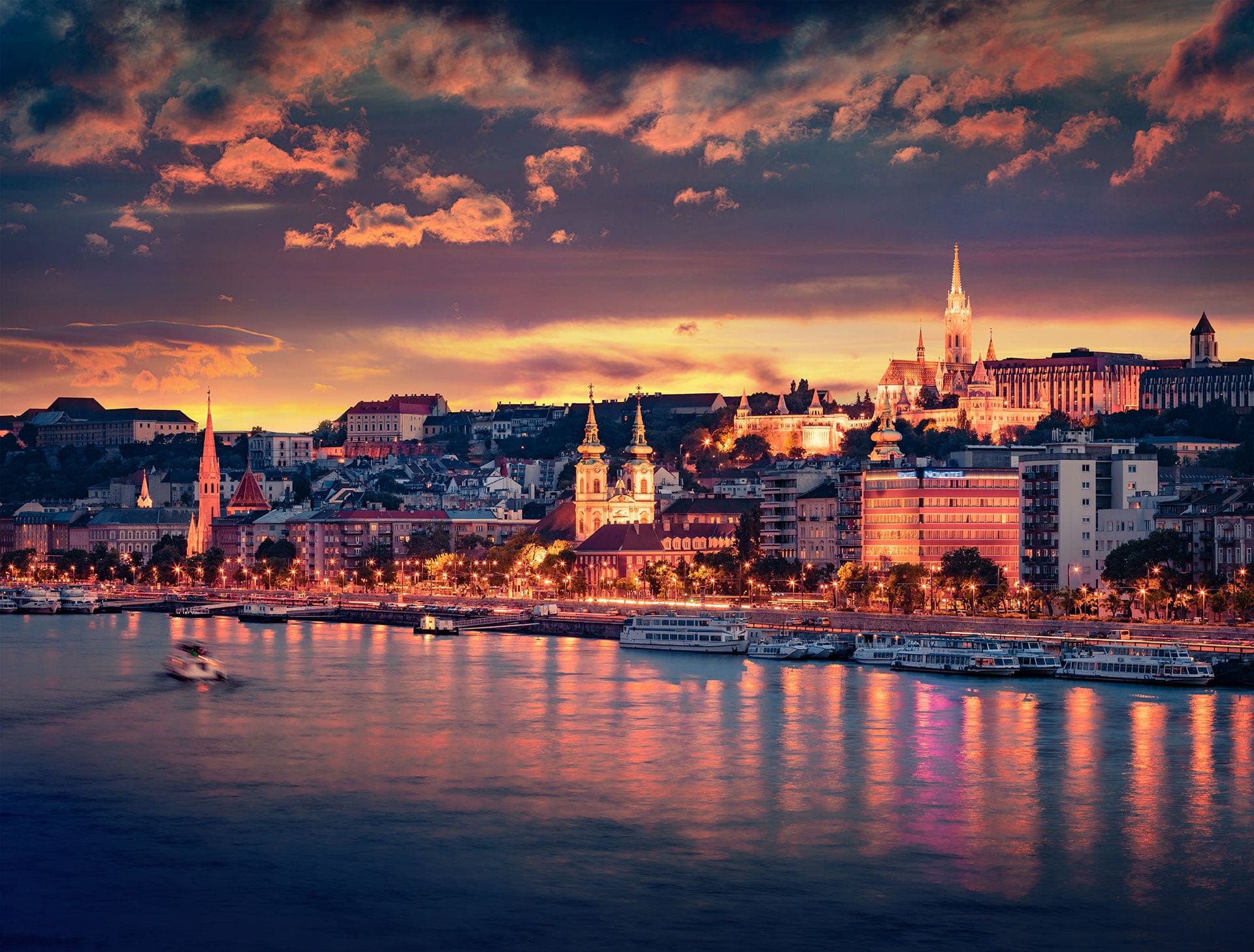The European view on the countries within the region is more positive than the global one, with almost all countries performing better overall among an audience that is more familiar with what’s available.
The largest economies in the region are those for which perceptions tend to be most consistent between the regional and the global Best Countries audiences.
The UK, for instance, has near-identical scores on most measures when we compare the responses of Europeans and global consumers, apart from being seen from afar as a little happier, and from countries closer to home as being more unique and dynamic.
That said, Germany and France are seen as being much more Open for Business among respondents from beyond the region, and the UK’s food is judged more kindly by people from outside the region than by other Europeans.
Switzerland ranks as the Best Country in the world as determined by Europeans and a global audience, and the other European league leaders are consistently strong among regional observers, largely for the same reasons.
The Scandinavian countries are also well known regionally and globally as being quite different to the European nations to their south. What makes Sweden such a strong performer overall, for instance, is the perception that it offers a great Quality of Life and that it has a strong social purpose. This perception is equally strong among Europeans and a global audience.
It’s among the perhaps less-widely known countries where perception gaps really open up between those who live within the region and those from outside.
Where brands come from really matters to people. The power of a country’s brand can have an enormous effect on the way people feel about its key industries and the brands that originate there. Belgium, where I’m based, is a great case in point. Belgium has always been proudly associated with beer, chocolate, famous music festivals, fries, the list goes on. Brands like Neuhaus, Stella Artois and Godiva use their Belgian origins to provide guidance on their own branding, and this has been a good part of their success.
Now is the time for European brands to examine how consumers from different countries feel about their country of origin. Where there are perceived strengths, then brands can benefit from aligning with those characteristics and the halo effect of ‘Made in …’. Where there are gaps between the image a country has of itself and the one the rest of the world sees, there may lie opportunities.
Gio Canini
WPP Country Manager, Belgium
Croatia, for example, is regarded much more positively within Europe for offering Adventure and Heritage, being adaptable, scenic, and approachable. The vast majority of tourists in Croatia come from elsewhere in Europe, and the number of arrivals has been steadily growing since the pandemic, national tourism data shows.
Estonia ranks 18 places higher overall among a regional audience, due to much stronger perceptions of Entrepreneurship, Agility and Quality of Life. The founders of fintech company Wise, Bolt mobility and gaming software supplier Playtech are all from Estonia – something perhaps better known within the region than outside it.
Finland ranks eight positions higher overall within the region, with much higher scores for military strength and athletic success (it is home to recently retired Formula 1 driver Kimi Räikkönen) than awarded by global consumers.
And Poland has a much stronger reputation within Europe as a place with an influential culture and good food than is seen by the rest of the world.
Belgium ranks higher overall among a European audience than it does globally, thanks to higher scores for affordability, though it has an opportunity to boost regional perceptions around fun, fashion and scenery to match the prevailing global view.
The Netherlands is viewed within Europe as being more agile and more modern than people outside the region perceive; it has work to do to lift European perceptions related to food and scenery in the Netherlands.



































